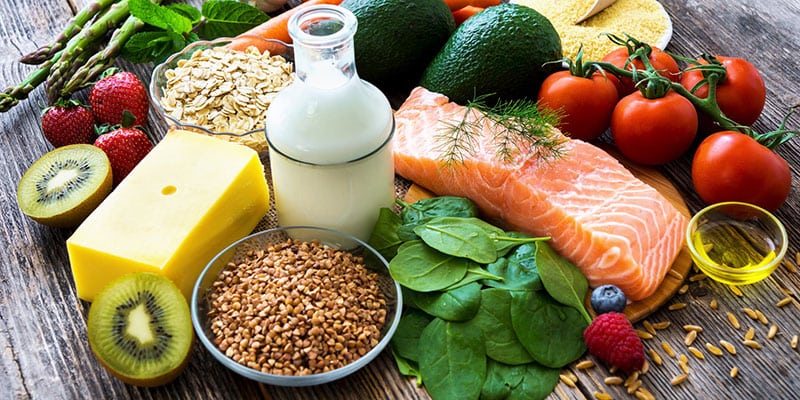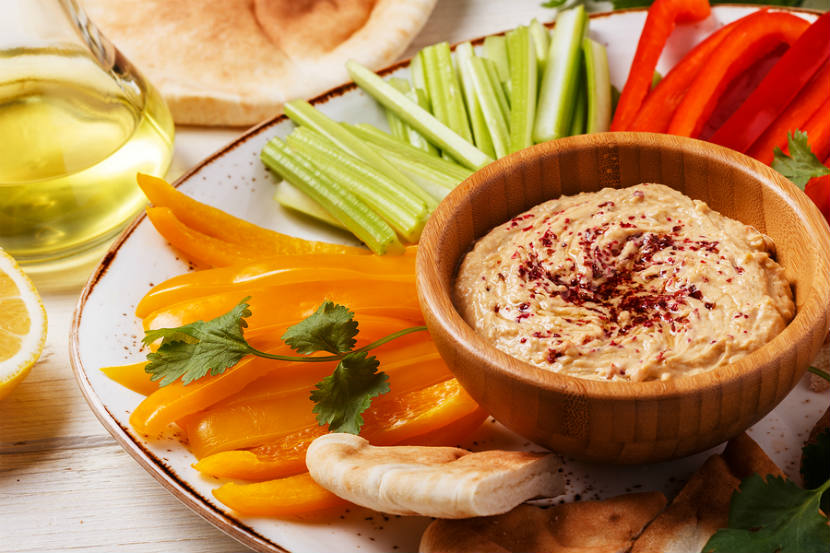Brown rice is a healthy whole grain food that contains a starchy endosperm, nutrient-rich germ and an intact bran layer of the grain. Only the outer hard hull of the grain is removed. Brown rice is primarily rich in carbs along with many other nutrients. Does that make them safe for diabetic people?
Why Brown Rice for Diabetics
Brown rice can make a healthy inclusion in a balanced diet even for diabetes patients. The impressive nutritional profile of brown rice identifies them as a rich source of antioxidants, fibers, and several minerals and vitamins.
The grains have high flavonoids which are antioxidant-like plant compounds. Flavonoid-rich foods help reduce the risk of chronic illnesses, cancer, Alzheimer’s disease, and heart disease. Fiber-rich brown rice also helps improve digestive health, boost fullness and support weight loss.
Brown rice is a great source of magnesium along with essential minerals important for bone development, nerve functioning, muscle contractions, wound healing, and regulation of blood sugar. Brown rice also contains riboflavin, potassium, iron, and folate.
Benefits of Brown Rice for Diabetes Patients
The high fiber content of brown rice helps reduce the levels of post-meal blood sugar and hemoglobin A1c markers in overweight people and type 2 diabetes patients.
Brown rice also helps control endothelial function that measures heart health. In some patients, eating brown rice can help lower the risk of type 2 diabetes.
Brown Rice Glycemic Index
The glycemic index (GI) is used to measure the quantity by which a food raises the levels of blood sugar after consumption.
It is an effective tool for diabetes patients. Foods having a high GI tend to raise the levels of blood sugar more quickly. Eating foods with a low or medium GI is evident in controlling blood sugar. Brown rice has a medium GI with high fiber content and gets digested quickly.
Portion Control and Quality Diet
Mindful eating and portion control are important for diabetes patients to ensure effective management of blood sugar levels. It’s also important not to base the entire diet on whole grains.
Try to include other nutritious foods such as lean proteins, fruits, low-carb vegetables, and healthy fats in every meal. A balanced diet high in whole foods and low in processed products provides more nutrients and keeps blood sugar levels stable.
Cooking Brown Rice
Brown rice is an easy to cook, inexpensive pantry staple. You should thoroughly rinse the rice under running water before cooking. Place the washed and dried rice in a pot, add 2 cups of water, add a pinch of salt and a few drops of olive oil.
Cover with a lid and bring it to a boil. Let it simmer on low flame for 45–55 minutes. Remove from heat when the water has been absorbed. Let the cooked rice rest for 10 minutes before serving.
You can use brown rice in grain bowls, salads, curries, stir-fries, veggie burgers, and soups. You can also combine brown rice with eggs and vegetables to prepare a hearty breakfast.





